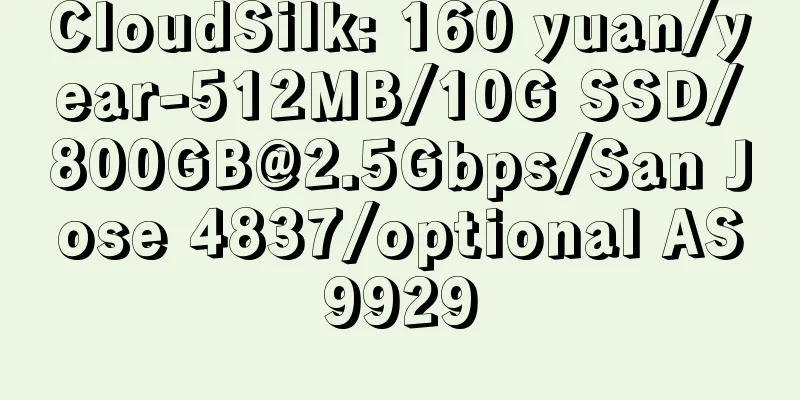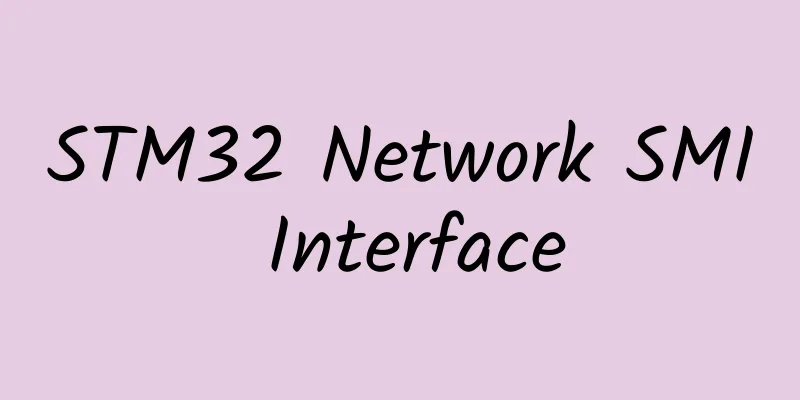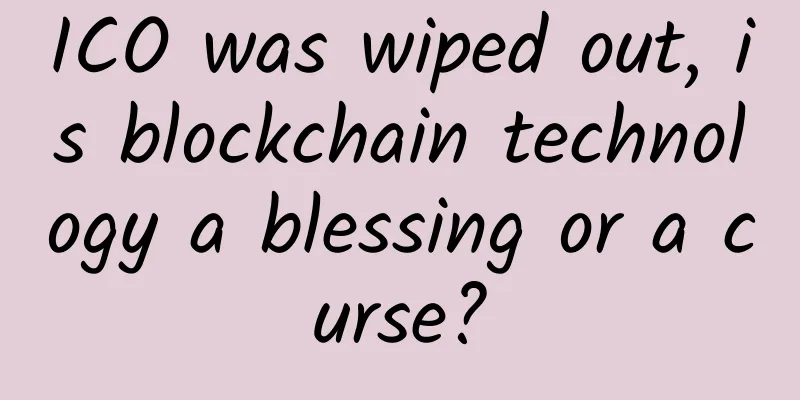Let’s talk about the new features of HTTP/3. Why did you choose to use the UDP protocol?
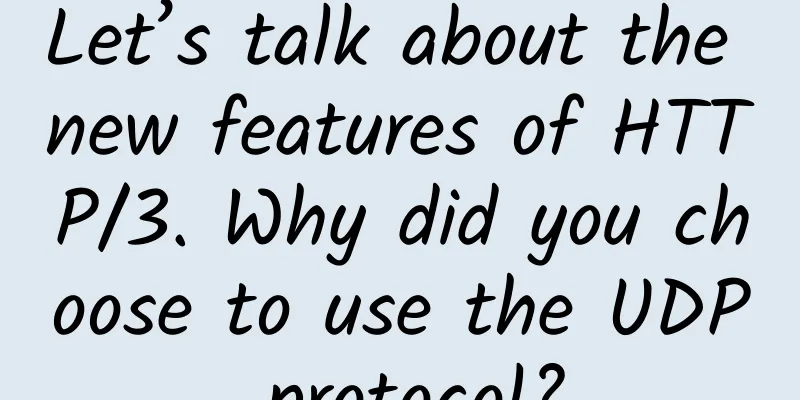
|
This article is reprinted from the WeChat public account "Learn Front-end in Three Minutes", author sisterAn. Please contact the WeChat public account "Learn Front-end in Three Minutes" to reprint this article. introductionThis article is mainly divided into the following aspects to gradually enter HTTP/3:
HTTP/2 and TCP flawsHTTP/2 uses binary transmission, header compression (HPACK), multiplexing, etc., which greatly improves the data transmission efficiency compared to HTTP/1.1. However, it still has the following fatal problems (mainly caused by the underlying TCP protocol):
1. Long time to establish connectionRTT Round Trip Time How to define the time to establish a connection? Here we introduce a concept: RTT (Round-Trip Time), which means the total time from the start of sending data to the sender receiving the confirmation from the receiver (the receiver sends the confirmation immediately after receiving the data, excluding the data transmission time), that is, the time for communication to go back and forth. TCP connection establishment time TCP establishes a TCP virtual channel through three handshakes, which costs a total of:
This is equivalent to one and a half round trips, so TCP connection establishment time = 1.5 RTT HTTP Transaction Time When the client requests data, it first spends 1.5 RTT to establish a TCP connection, and then TCP starts to transmit the HTTP request. The browser receives the server's response and has to wait for:
Therefore, HTTP transaction time = 1 RTT Since TCP does not need to wait for the server's response during the third handshake, it saves 0.5 RTT. Then the total time spent on HTTP communication based on TCP transmission is: Total HTTP communication time = TCP connection establishment time + HTTP transaction time = 1 RTT + 1 RTT = 2 RTT HTTPS communication time HTTP/2 continues the "plain text" feature of HTTP/1. It can transmit data in plain text as before, and does not force the use of encrypted communication. However, HTTPS is already a general trend, and major browsers have publicly announced that they only support encrypted HTTP/2. Therefore, HTTP/2 in real applications is still encrypted: HTTPS is actually the abbreviation of HTTP+SSL/TLS Therefore, HTTPS communication time = TCP connection establishment time + TLS connection time + HTTP transaction time TLS connection time In the TLS 1.2 protocol handshake, 2 RTTs are required:
Total HTTPS communication time = TCP connection establishment time + TLS connection time + HTTP transaction time = 1 RTT + 2 RTT + 1 RTT = 4 RTT If the server is very close to the client and the RTT time is short (< 10ms), then the HTTPS communication time will not exceed 40ms and the user will not feel it. However, if the distance is far, tens of thousands of kilometers apart, an RTT time is usually more than 200ms, then the HTTPS communication will take 800ms or even more than 1s, which seriously affects the user experience. Note: In the TLS 1.3 protocol, only one RTT is required to establish a connection for the first time, and no RTT is required to restore the connection later. Total HTTPS communication time (based on TLS1.2) = TCP connection establishment time + TLS1.2 connection time + HTTP transaction time = 1 RTT + 2 RTT + 1 RTT = 4 RTT Total HTTPS communication time (based on TLS1.3) = TCP connection establishment time + TLS1.3 connection time + HTTP transaction time = 1 RTT + 1 RTT + 1 RTT = 3 RTT 2. Head-of-line blocking is more serious than HTTP/1.1 Because HTTP/2 uses multiplexing, generally speaking, only one TCP connection is needed for the same domain name. If packet loss occurs in this connection, the performance of HTTP/2 will be worse than that of HTTP/1. Because in the case of packet loss, the entire TCP will start waiting for retransmission, which will cause all subsequent data to be blocked. However, for HTTP/1, multiple TCP connections can be opened. This situation will only affect one of the connections, and the remaining TCP connections can still transmit data normally. Why QUIC protocol chooses UDPThen someone might consider modifying the TCP protocol, but this is actually an impossible task because TCP has existed for too long and is already used in various devices. In addition, this protocol is implemented by the operating system, so it is not very realistic to update it. For this reason, Google started a new protocol called QUIC based on UDP. Google's move may seem unexpected, but it makes sense when we compare TCP and UDP:
From the above comparison, we can see that it is not easy for Google to transform and upgrade TCP. Although UDP does not have the problems caused by TCP in order to ensure reliable connections, UDP itself is unreliable and cannot be used directly. Therefore, it is only natural that Google decided to transform a new protocol based on UDP that has the advantages of the TCP protocol. This new protocol is the QUIC protocol (Quick UDP Internet Connection), and it is used on HTTP/3. Of course, HTTP/3 was previously called HTTP-over-QUIC. From this name, we can also find that the biggest transformation of HTTP/3 is the use of QUIC. QUIC and HTTP/3 New FeaturesAlthough QUIC is based on UDP, it has added many new features, such as multiplexing, 0-RTT, TLS1.3 encryption, flow control, ordered delivery, retransmission, etc. Here we will select several important features to learn about the content of this protocol. 1. Multiplexing to solve the head-of-line blocking problem Although HTTP/2 supports multiplexing, the TCP protocol does not have this feature after all. QUIC natively implements this feature The QUIC protocol is implemented based on the UDP protocol. Multiple streams can be created on the same QUIC connection to send multiple HTTP requests. In addition, there is no dependency between multiple streams. The transmission of a single stream can ensure orderly delivery without affecting other data streams. For example, in the figure below, if stream2 loses a UDP packet, it will not affect the following streams 3 and 4. This technology solves the head-of-line blocking problem that existed in TCP before. And QUIC will perform better than TCP on mobile terminals. Because TCP identifies connections based on IP and port, this method is very fragile in the ever-changing mobile network environment. But QUIC identifies a connection by ID. No matter how your network environment changes, as long as the ID remains unchanged, you can quickly reconnect. 2. 0RTT By using a technique similar to TCP Fast Open, the context of the current session is cached. When the session is resumed next time, only the previous cache needs to be passed to the server for verification before transmission can begin. 0RTT connection can be said to be the biggest performance advantage of QUIC compared to HTTP2. So what is 0RTT connection? There are two meanings here:
The left side of the above figure shows the connection establishment process of a full handshake of HTTPS, which requires 2-3 RTTs to start transmitting data. The right side of the QUIC protocol can contain valid application data in the first packet. Of course, the QUIC protocol can implement 0RTT, but this is also conditional. In fact, it is 1RTT for non-first connection and 0RTT for first connection. The first connection process: It can be seen that when the connection is first made, the actual business data has already been sent in step 4, and steps 1 to 3 take exactly 1RTT to go back and forth, so the cost of the first connection is 1RTT. 3. Forward Error Correction Mechanism The QUIC protocol has a very unique feature called Forward Error Correction (FEC). In addition to its own content, each data packet also includes some data from other data packets. Therefore, a small amount of packet loss can be directly assembled through the redundant data of other packets without retransmission. Forward error correction sacrifices the upper limit of the data that can be sent in each data packet, but reduces data retransmission due to packet loss, because data retransmission will consume more time (including the time consumed in steps such as confirming packet loss, requesting retransmission, and waiting for new data packets). If I want to send three packets this time, the protocol will calculate the XOR value of these three packets and send a separate verification packet, that is, a total of four packets are sent. When a non-verification packet is lost, the content of the lost data packet can be calculated through the other three packets. Of course, this technology can only be used when one packet is lost. If multiple packets are lost, the error correction mechanism cannot be used and only retransmission can be used. 4. Encrypted and authenticated messages The TCP protocol header is not encrypted or authenticated, so it is easy to be tampered, injected, and eavesdropped by intermediate network devices during transmission. For example, modifying the sequence number and sliding the window. These behaviors may be for performance optimization or active attacks. However, QUIC packets are fully armed. Except for individual packets such as PUBLIC_RESET and CHLO, all packet headers are authenticated and the message bodies are encrypted. In this way, the receiving end can detect any modification to the QUIC message in time, effectively reducing security risks. As shown in the figure above, the red part is the message header of the Stream Frame, which is authenticated. The green part is the message content, which is all encrypted. QUIC and HTTP/3 Future Development OutlookAlthough the QUIC protocol is implemented based on UDP, it implements and optimizes the important functions of TCP. At the same time, the attempt in the direction of encrypted transmission has also promoted the development of TLS1.3. The future is still promising. It's just that the power of TCP protocol is too strong now, and many network devices even have many unfriendly strategies for UDP data packets, so TCP is still the world for the time being???♀?, but QUIC has shown strong vitality, let us wait and see! refer to Illustration | Why HTTP3.0 uses UDP protocol: https://network..com/art/202009/625999.htm What do you think of HTTP/3?: https://www.zhihu.com/question/302412059/answer/533223530 Source: https://github.com/Advanced-Frontend/Daily-Interview-Question |
Recommend
Connectivity trends: All roads lead to Wi-Fi in 2023 and beyond, says Wi-Fi Alliance
Despite turbulent times, Wi-Fi has had a stellar ...
The birth of the "Huawei Industry Fertile Soil Platform" - the empowerment and counter-empowerment of Huawei Cloud and its ecosystem partners
[Original article from 51CTO.com] At the Huawei C...
CloudCone launches CDN service starting at $11.99/year, with up to 36 nodes worldwide
Recently, CloudCone has released information abou...
China's 5G connections have reached nearly 430 million, accelerating the exploration of vertical application markets
By the end of 2021, nearly 8% of the world's ...
Controlling the throat of the Internet of Things, what value can wireless communication technology bring to the application field?
Communication technology has been the most talked...
Game lag? Be careful to use the wrong WiFi frequency at home
When you use WiFi at home to play games, you alwa...
Xi'an Yimatong previously reported: It took two days and two nights to optimize a 1M image to 100kb
Xi'an's health code crashed twice in a ro...
Is 5G a tool for some companies to defraud subsidies or is it a real demand?
Recently, major mobile phone manufacturers have r...
From concept to implementation, blockchain's diversified applications activate the big data economy
As Bitcoin hits new highs again and again this ye...
How to set up a new router?
[[426343]] 1. Router startup initial sequence Whe...
"All-optical wireless starry sky" illuminates the road of intelligent manufacturing of Jinya Electronics
With the advent of the fourth industrial revoluti...
Why is the 5G signal weak and the network keeps dropping? Here is the truth
In recent years, "5G" has been a verita...
Priced from RMB 2,999, the 5G selfie video flagship Huawei nova7 series is officially released
On April 23, Huawei's nova7 series was offici...
InspireVM: $2/month KVM-512MB/7G NVme/512GB/Chicago Data Center
InspireVM is a site under Inspire Solutions LLC. ...
The cloud also needs its own network. The existence of SDN and VPC
If cloud computing is compared to water resources...

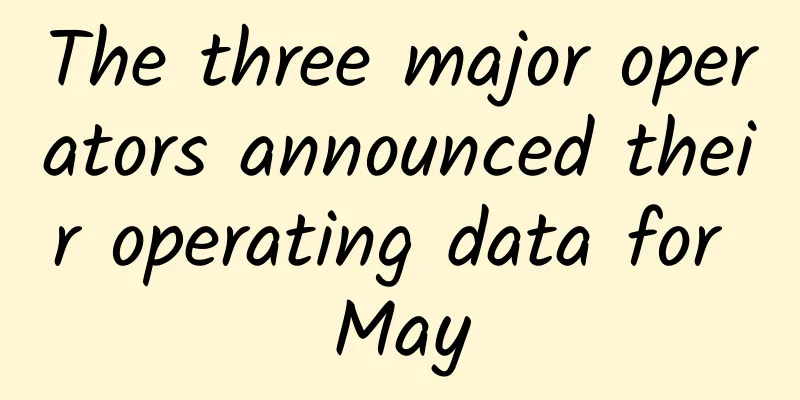
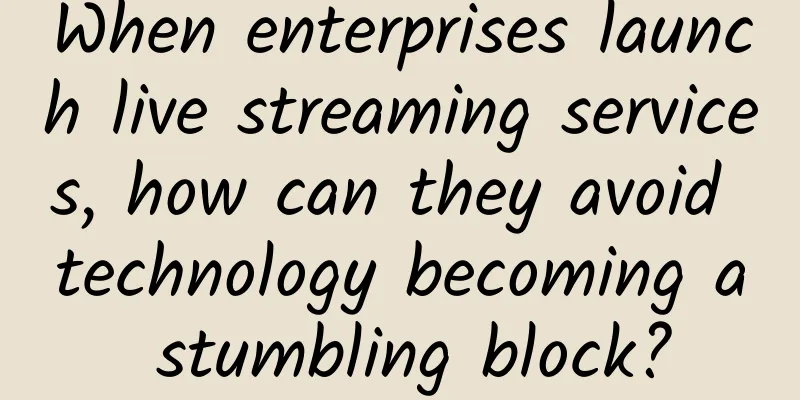

![[11.11] CMIVPS recharge 10% off, 30% off for all VPS annual payments, buy 10 months of dedicated server and get 2 months free](/upload/images/67cabd1b7c50a.webp)
